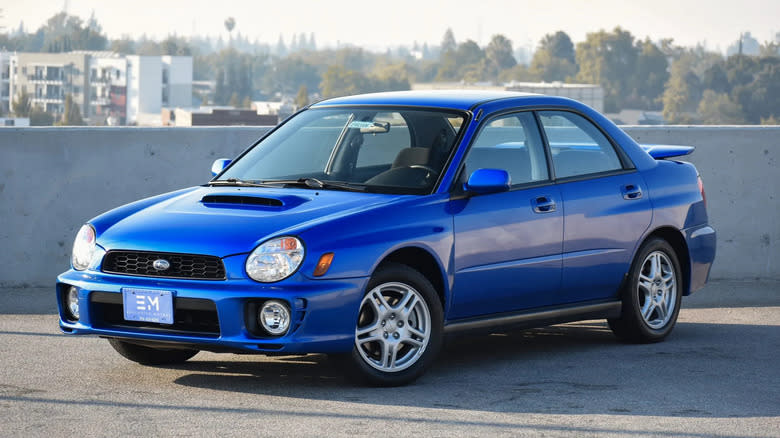
It seems like every generation of the Subaru WRX that succeeded the first Impreza WRX in the U.S. was met with harsh criticism and feelings of disappointment. Car reviewers have bemoaned the way that newer WRXs have "grown up" and become heavier, more isolated vehicles than the original. This was especially true with the 2008 Impreza WRX that was the first full redesign for Subaru's compact powerhouse, but no WRX has been able to turn the performance car world on its ear quite like the original. This 2002 Car and Driver comparison test brings additional context to that statement, when the 2002 Subaru Impreza WRX faced off against two much more expensive all-wheel-drive German performance sedan icons, the BMW 330xi and the Audi S4 Quattro.
This comparison was a bit unorthodox. The 2002 Impreza WRX was based on a small economy car while the Germans were hotter versions of compact luxury sedans. But the WRX was revolutionary in that it offered comparable power and performance to the bougie Germans at a price that was about 40% lower. In fact, in this particular test the plucky bugeye actually completed the 0-to-60-mph sprint quicker than either of its challengers, and even quicker than the 2025 Subaru WRX tS in Car and Driver's test. I always knew the original Impreza WRX was a disruptor in the automotive world, but I didn't realize quite how much of a disruptor it was.
Read more: These Are The Cars You'd Buy If They Were $20,000 Cheaper
Here's How It Played Out
The Audi S4 and BMW 330xi were the mid-grade flavors of the German luxury giants' compact sport sedans, with more power than the standard models but less than the hottest variants. They were formidable performers back then in the same way that the modern S4 and M340i are now, which added to the surprise when a $25,000 Subaru Impreza eked out quicker 0-to-60 and quarter-mile times than its $40,000 challengers.
In this test, the Subaru reached 60 mph in 5.4 seconds, while the Audi S4 took 5.5 seconds and the BMW 330xi needed 5.7 seconds. The WRX even outhandled the 3 Series on the skidpad, pulling 0.82 g versus the BMW's 0.78 g, but the S4 beat both with a skidpad result of 0.86 g. The competitors caught up once speeds rose; the BMW tied the WRX's 0-to-100 time at 15.5 seconds, and the Audi won with a time of 15 seconds. The 0-to-120 times mirrored that placement where both the BMW and WRX took 25.2 seconds and the Audi needed 23.1.
In order for C/D's drivers to achieve the WRX's impressive sprints, they had to throw mechanical sympathy to the wind and dump the clutch at 5,000 RPM, but the Subaru held up to that torture. The WRX also lost the 70-to-0 braking test, as well as the top gear rolling acceleration tests, but overall the $25,000 car thoroughly impressed the testers and it earned a second-place finish, only falling behind the S4 by a single point in the end.
The Automotive Landscape Was Very Different Back Then
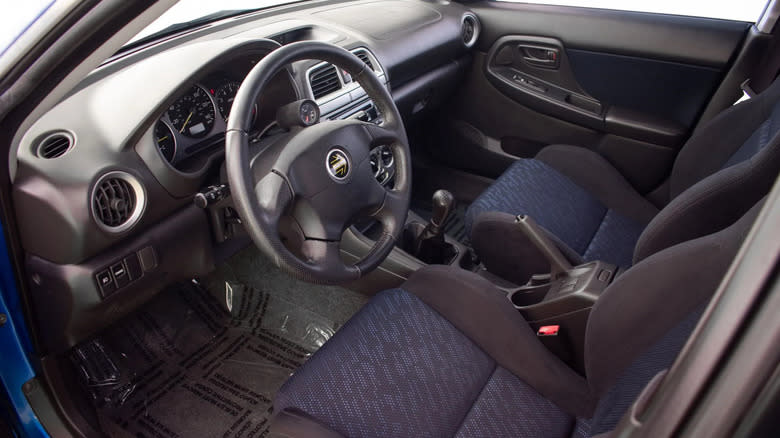
In 2002, the preeminent hot hatchback, the Volkswagen GTI, completed the 0-to-60 sprint in 6.5 seconds, and that was still quite quick back then. But not compared to the 2002 Subaru WRX, which knocked over a second off that time and only cost about $2,000 more than the GTI.
Putting things into a modern context reveals just how momentous the 2002 WRX's performance was. In separate tests, Car and Driver achieved a 0-to-60 sprint in a 2023 BMW M340i xDrive in just 3.7 seconds, a 2020 Audi S4 took 4.2 seconds to hit 60 mph, and the 2025 Subaru WRX tS did it in 5.5 seconds. Adjusted for inflation, that $25,000 Subaru Impreza WRX in 2002 would cost about $45,000 in 2025, which is about on par with the base price of the 2025 WRX tS. The $40,000 2002 330xi and S4 would cost about $71,000 when accounting for inflation, which still is about accurate for the prices of the modern M340i and the new Audi S5 Sportback.
I guess a better modern comparison of a modern relatively affordable car versus the mid-grade German sports sedans would have to involve something like a Volkswagen Golf R, Hyundai Elantra N, Toyota GR Corolla, or Honda Civic Type R, but none of those are as quick or quicker than a new M340i or S5 Sportback. The Ford Mustang GT is the only gas-powered car that costs around $45,000 and comes close to the 0-to-60 times of the M340i and S5 Sportback. It all just goes to show how revolutionary the original Subaru WRX was, and how much the automotive landscape has changed over the last 20-or-so years.
Want more like this? Join the Jalopnik newsletter to get the latest auto news sent straight to your inbox...
Read the original article on Jalopnik.
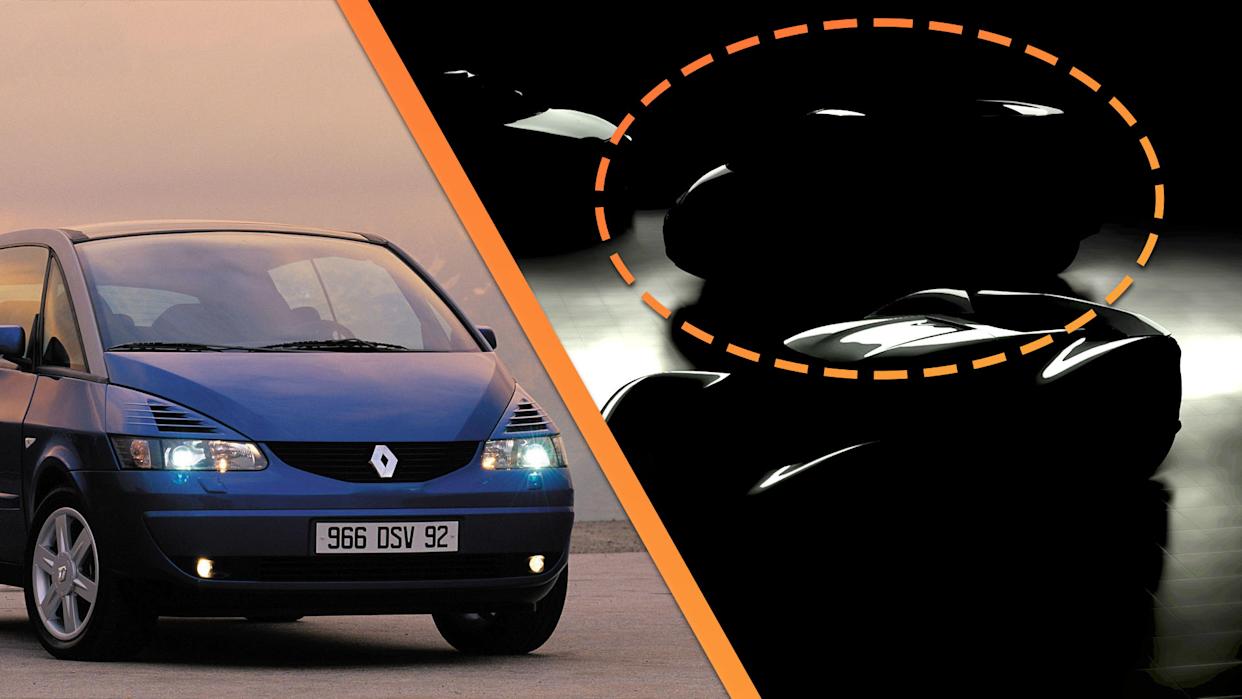
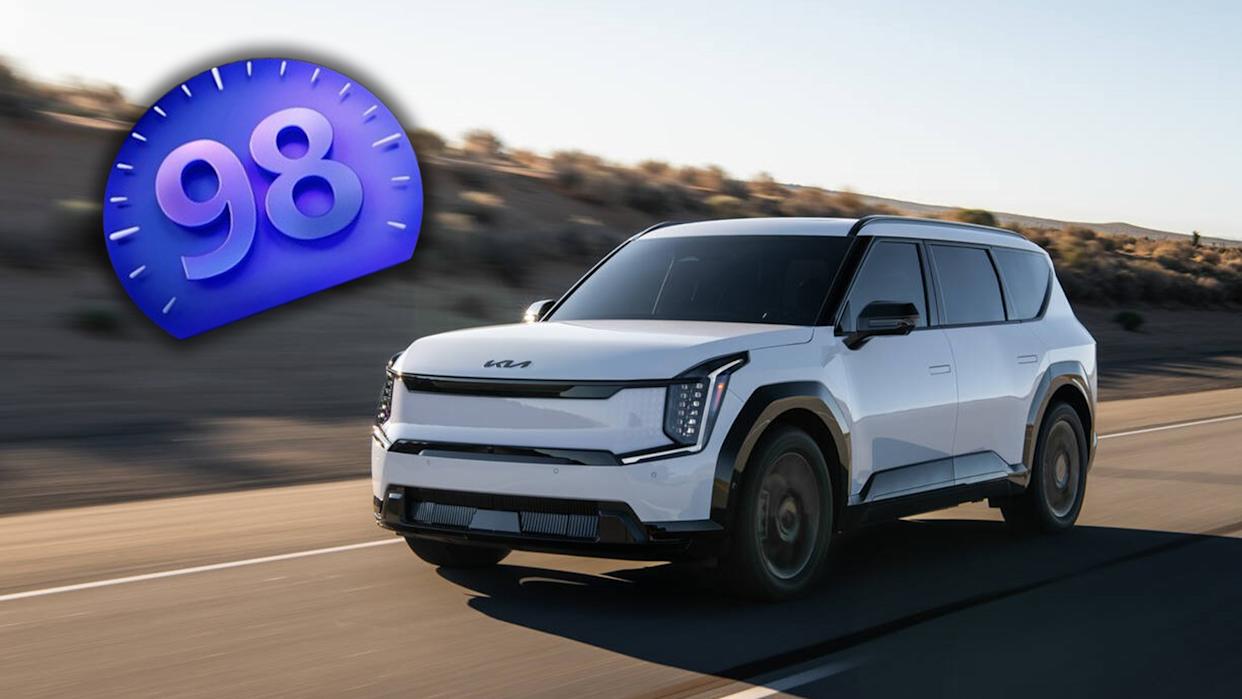

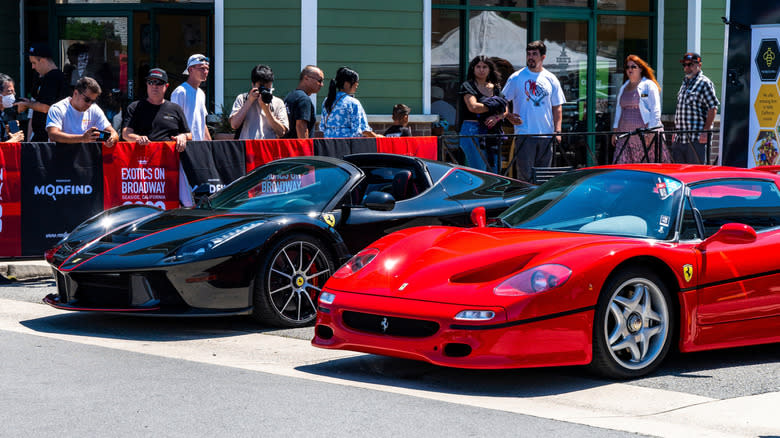
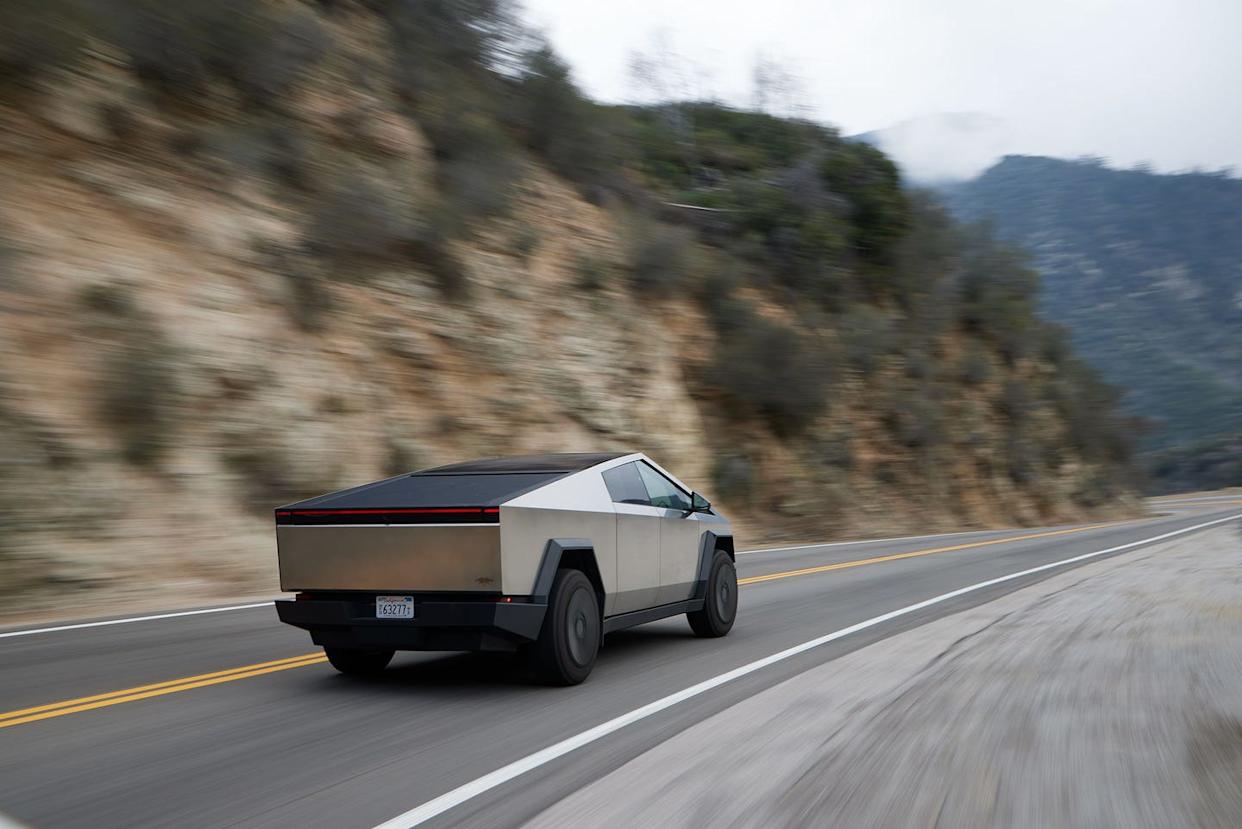
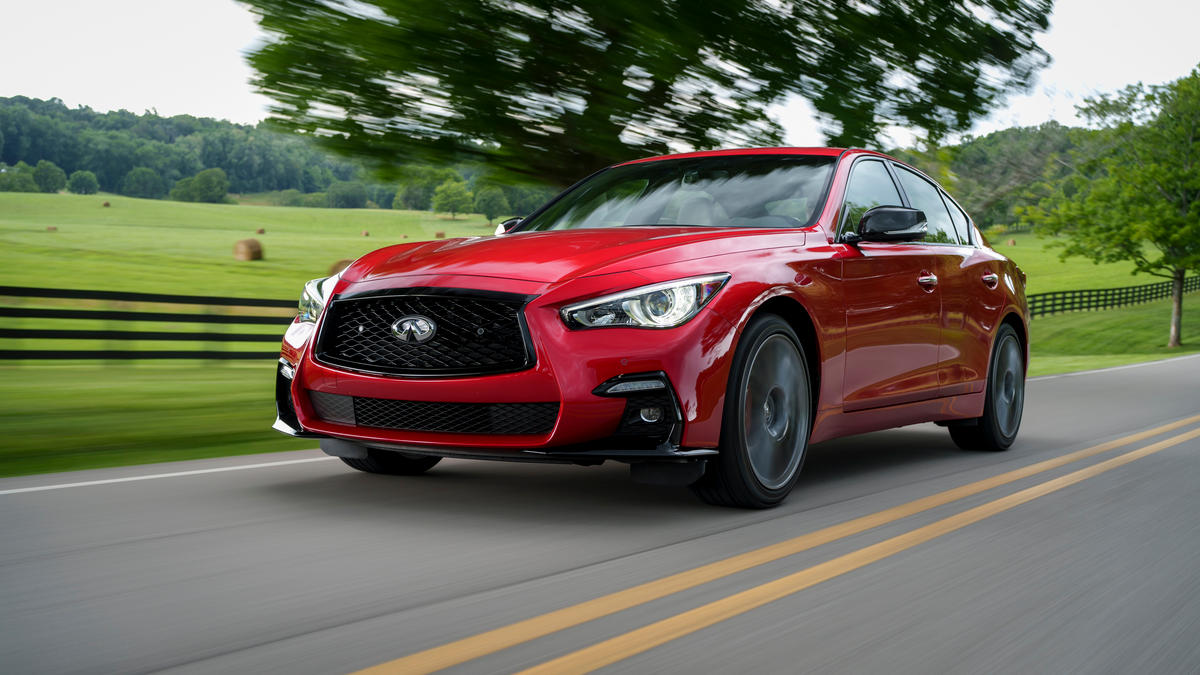
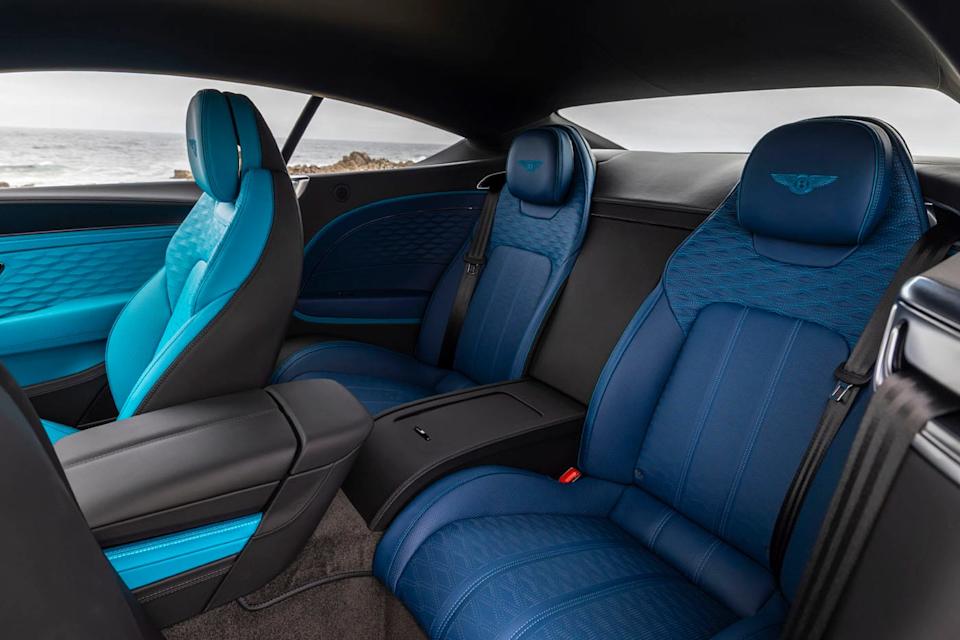
Comments